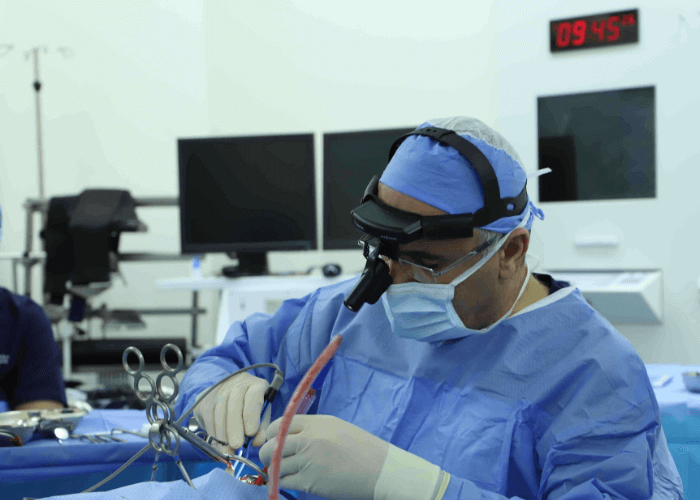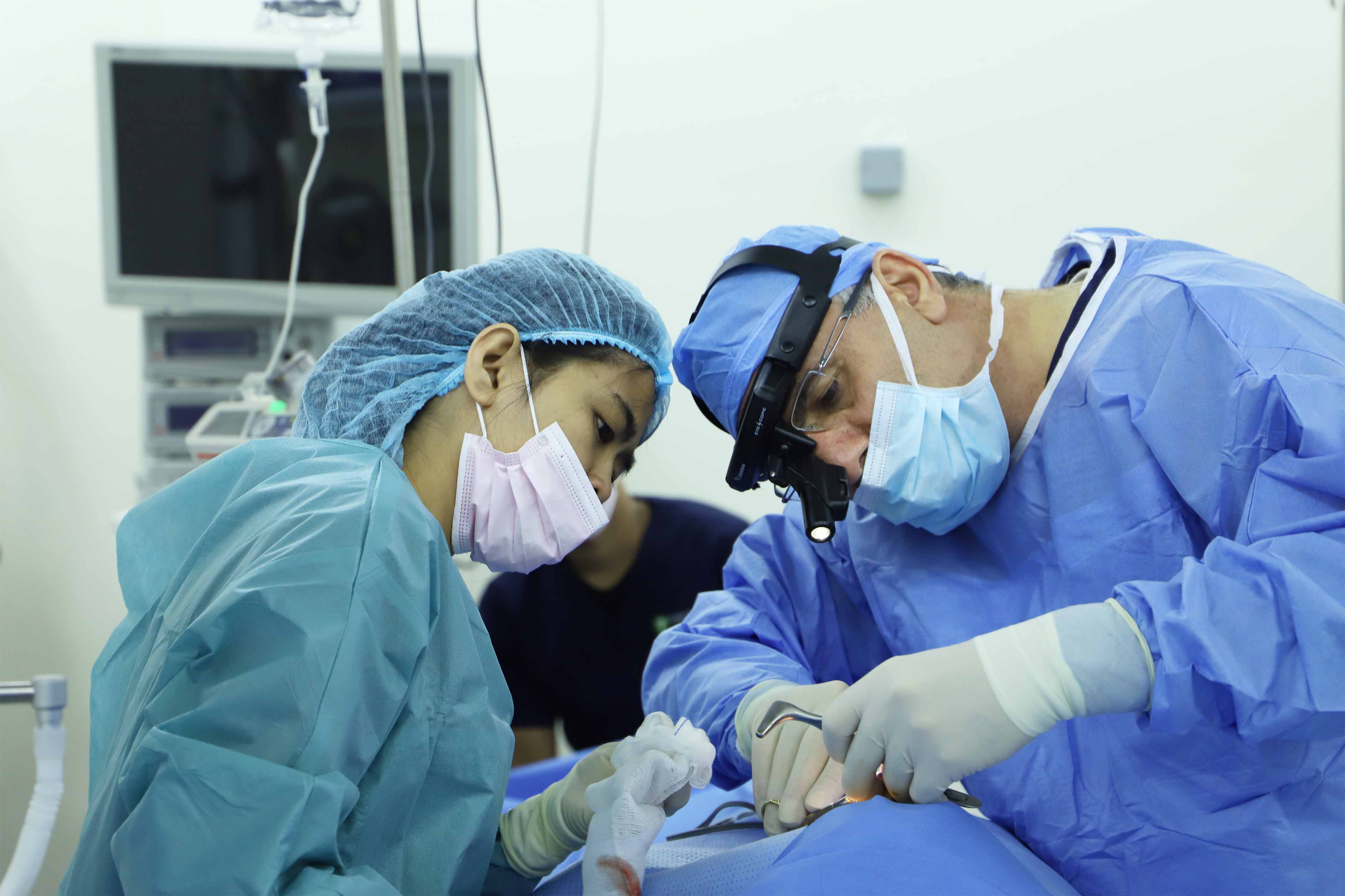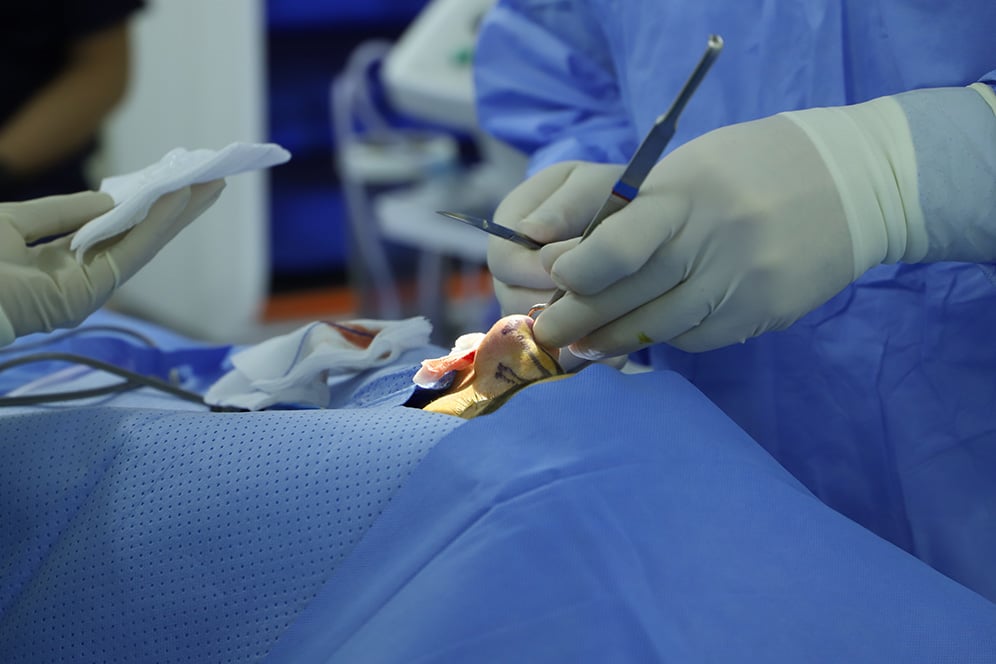Velopharyngeal Insufficiency - DRHC Dubai ENT Clinic
Velopharyngeal insufficiency is an anatomical disorder that causes a failure of the soft palate to block the post-nasal space or to be close to the posterior pharyngeal wall (back wall of the throat) during speech production. Causes of hypernasality and VPD are:
- Structural causes: submucous, or occult submucous cleft palate; irregular adenoids, adenoid atrophy, post-adenoidectomy, maxillary advancement; deep pharynx, tissue deficit from tumor resection; shrinkage following radiation therapy. Oronasal fistula in individuals with a history of cleft palate, trauma to the oral cavity, or ablative surgery in the oral cavity.
The oronasal fistula may result in hypernasality only if the fistula size is large; small fistulas sometimes are asymptomatic.
Structural anomalies associated with genetic syndromes can also result in hypernasality (CHARGE syndrome, Treacher Collins syndrome, deletion syndrome)
- Neuromuscular problems: traumatic brain injury, stroke, cerebral palsy, apraxia [congenital or acquired], velar paresis or paralysis [cranial nerve defects], neuromuscular disease [e.g., myasthenia gravis and muscular dystrophy], neurofibromatosis, and neurodevelopmental syndromes
- Functional etiologies also exist, including splinting of the palate after tonsillectomy, imitation of cultural or familial role models, or mislearning
Learned compensatory misarticulations that develop due to the inability to generate adequate intraoral airflow for consonant production. These productions almost always persist after successful physical management of the VP mechanism.
Lack of auditory feedback in individuals who are deaf or have significant hearing loss. Abnormal resonance is due to an inability to learn nasal and oral contrasts and later monitor resonance normally through auditory feedback.
What is a submucous cleft palate?
A submucous cleft palate is a congenital defect of the velum, which forms the mobile part of the roof of the mouth. The double uvula, which is the tissue that hangs from the back of the palate, appears as a sign of the submucous cleft.
Two types of VPD have different treatments:
- Velopharyngeal insufficiency is treated with surgery or a special speech appliance that your child wears in their mouth.
- Velopharyngeal incompetence is treated with speech therapy and sometimes with a speech appliance or surgery.
What are the four surgical treatments for Velopharyngeal insufficiency?
- Pharyngeal flaps
- Velopharyngeal sphincter operation(pharyngoplasty)
- Z- plastic for soft palate
- Using filler injection
Click here for ENT surgical packages
.png?width=281&height=59&name=bookanappointment%20(1).png)
Dubai ENT clinic - If you are in search of an ENT specialist in Dubai, then DRHC provides experienced and leading ENT doctors in Dubai for healthy treatment. To book your appointment, please call +97142798200 today!




.png?width=281&height=59&name=bookanappointment%20(1).png)
.jpg?width=1080&height=1080&name=DR%20HATEM%20(1).jpg)



